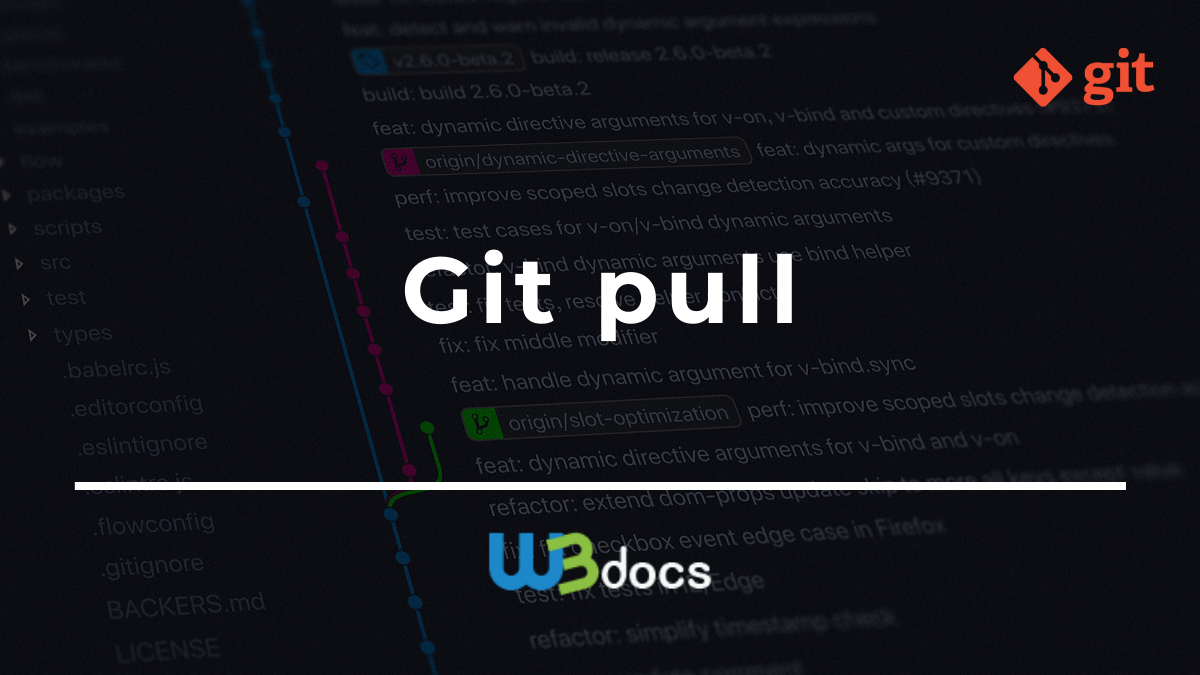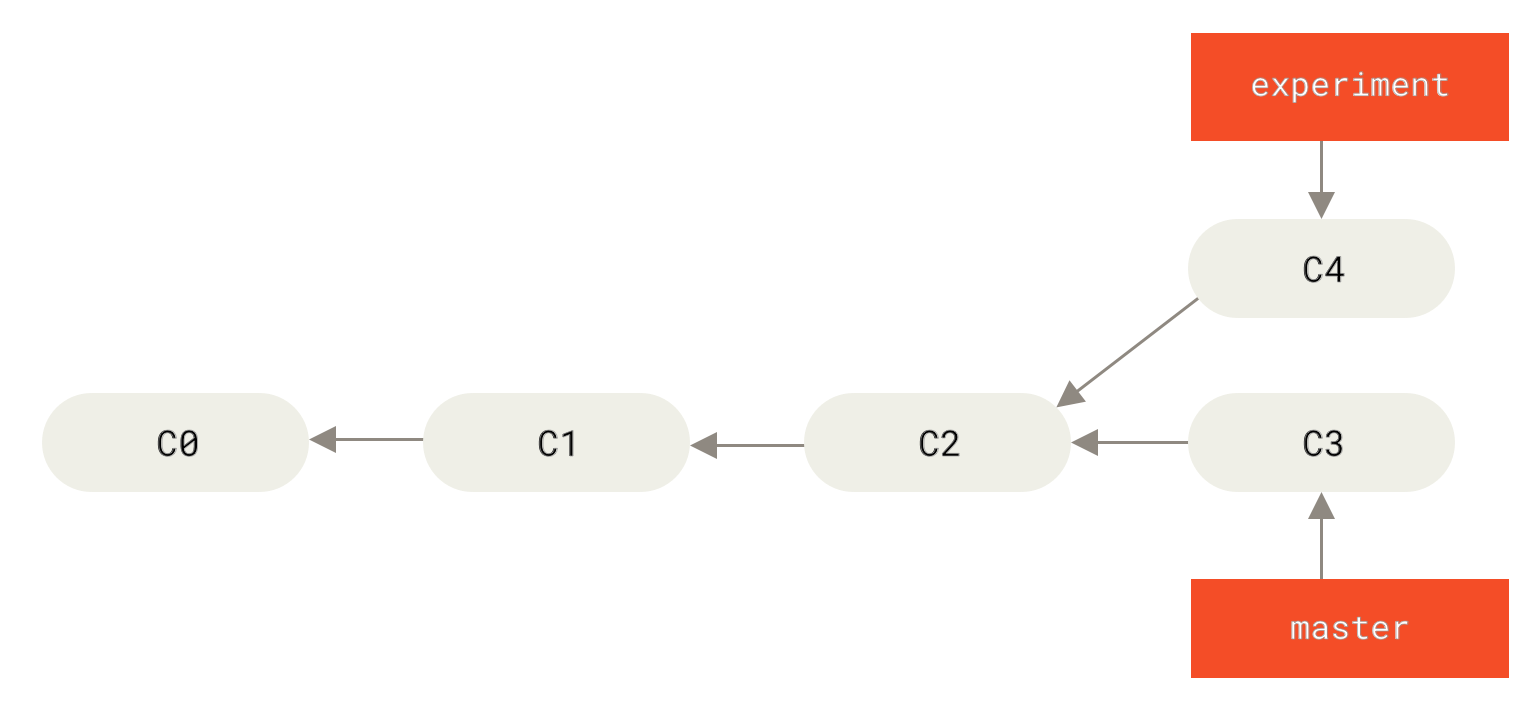

- GIT PULL REMOTE BRANCH DICARD LOCAL CHANGES HOW TO
- GIT PULL REMOTE BRANCH DICARD LOCAL CHANGES CODE
- GIT PULL REMOTE BRANCH DICARD LOCAL CHANGES DOWNLOAD
Now, we have successfully committed the changes. Select whether you want to create a new branch or commit it directly in the master branch. Go to the bottom of the page, select a commit message and description of the file. After that, select the file name and edit the file as you want. To create the file first, go to create a file option given on repository sub-functions. Suppose I have added a new file say design2.css in my remote repository of project GitExample2.
GIT PULL REMOTE BRANCH DICARD LOCAL CHANGES HOW TO
Let's take an example to understand how it works and how to use it. It is essential to understand how it works and how to use it. git/ref directory on your local repository.

You can check head, tags, and remote repository in. : A ref is referred to commit, for example, head (branches), tags, and remote branches. This URL is used to Clone the repository. See the below screenshot:Ĭopy the highlighted URL. A new pop up window will open, select clone with https option from available options.
GIT PULL REMOTE BRANCH DICARD LOCAL CHANGES DOWNLOAD
After that, click on the clone or download option from the repository menu. To access this URL, go to your account on GitHub and select the repository you want to clone. The syntax of the git pull command is given below: First, it fetches the changes from remote and combined them with the local repository. Generally, it is a collection of the fetch and merges command. Remote tracking branches are branches that have been set up to push and pull from the remote repository. It updates the local branches with the remote-tracking branches. The pull command is used to access the changes (commits)from a remote repository to the local repository. The below figure demonstrates how pull acts between different locations and how it is similar or dissimilar to other related commands.
GIT PULL REMOTE BRANCH DICARD LOCAL CHANGES CODE
Pull request announces all the team members that they need to review the code and merge it into the master branch. Once their feature branch is ready, the developer files a pull request via their remote server account. Pull request is a process for a developer to notify team members that they have completed a feature. The git pull command is used to pull a repository. It fetches and merges changes from the remote server to your working directory. 5.The term pull is used to receive data from GitHub. In the example above, we're on the local feature branch, but we can still remove the remote feature branch without any problem. Moreover, unlike the local branch deletion, we can delete a remote branch no matter which local branch we're currently working on. Therefore, if we launch git push now, the local feature branch will be pushed to remote again. That is to say, deleting a remote branch won't impact the local tracking branches. However, the local feature branch is still there. Next, let's remove the remote feature branch: $ git push origin -d featureĪs we can see, after we execute the git push -d feature command, the remote feature branch has been deleted. Further, we're currently on the local feature branch. So, now we have the local and remote feature branches. git branch -d/-D Won't Delete the Remote Branchīranch 'feature' set up to track 'origin/feature'. However, if we want to discard the unmerged commits, as the error message suggested, we can run “ git branch -D feature” to execute a force deletion: $ git branch -D feature First, we can merge the feature branch into master and then execute “ git branch -d feature” again. * commit 3aac499 (origin/master, origin/HEAD, master) This is because the to-be-deleted branch ( feature) is ahead of the default branch ( master): $ git log -graph -abbrev-commit

If you are sure you want to delete it, run 'git branch -D feature'. Your branch is up to date with 'origin/master'.Įrror: The branch 'feature' is not fully merged.

Now, Git will refuse to delete the feature branch if we still use the -d option: $ git checkout master $ git ci -am'add "feature" to the readme' No changes added to commit (use "git add" and/or "git commit -a") But this time, we're going to make some changes and commit it: $ git checkout -b feature First, let's create the feature branch again.


 0 kommentar(er)
0 kommentar(er)
